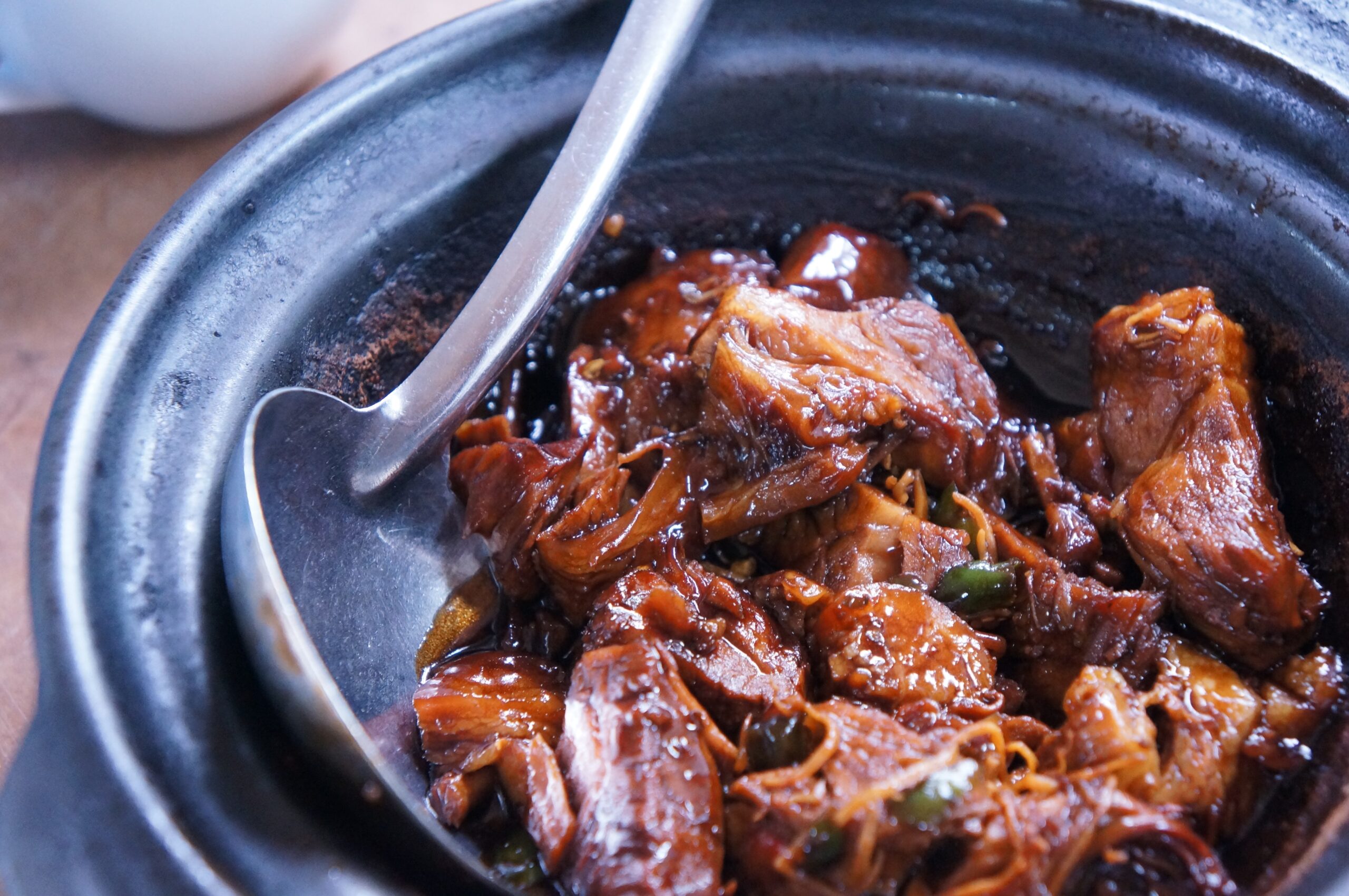When you overcook it, the fat within the meat dries out and becomes difficult to chew. However, never fear! You can rehydrate jerky if it gets too dry. Perhaps you by mistake over-dried the homemade jerky or forgot to seal that bag of favorite store-bought jerky when you should not have. You might be wondering whether you can rehydrate jerky, and the answer is yes.
There are two primary methods to soften beef jerky. The microwave method causes moisture to enter the jerky quickly through a sealed environment. Over the course of 12-24 hours, the liquid transfer method slowly indulges moisture into the jerky. Both have advantages and disadvantages, it just comes down to personal taste.
Method 1: In The Microwave
Rehydrating jerky in the microwave is very quick and simple, and there are no waiting periods. However, keep in mind that you’re busy rehydrating it and forgetting it in the microwave. If you dehydrate it using the microwave, you run the danger of scorching it and having to give it to a generous Golden Retriever.
Also Read: How To Eat Shredded Beef Jerky
Step 1: Place the dry jerky in a microwaveable bowl with tiny glass or dish of water, then cover it without sealing it and cook for one minute.
Step 2: Place a small bowl of water in the container with the jerky to keep it moist.
You can also dampen a paper towel and then wring it out, placing it in the container instead of or in addition to the bowl of water, or you may moisten a paper towel (and make sure the entire thing is wet) and lay it on top of the jerky.
Place the paper towel on a microwave-safe plate. Microwave at 1000 W for 1 minute, then remove and drain. Squeeze out all of the water from the wet paper towel before putting it in the microwavable container with the jerky to prevent scorching.
Also Read: How Thick To Slice Meat For Jerky?
Step 3: Without sealing the container, place the lid on it:
Step 4: Microwave for 1 minute at a time, mixing after each session, until the jerky is soft enough to chew (1 minute is usually plenty for shaved, sliced, or sheeted jerky). If you wait too long before eating the moistened jerky, it will dry out more than it did previously.
Method 2: Sauté
To add moisture or cook for a meal, sautéing your jerky is an excellent method to do so. It is as easy as this:
Step 1: Slice the onions and put them in a frying pan.
Step 2: Add the jerky
Step 3: Cover with a lid that does not completely seal the pan.
Step 4: Allow half a minute after you have flipped the meat before flipping it again.
Step 5: Remove the meat from the heat when it is as soft as you want it.
Step 6: Serve it chilled or hot with your dinner, if you prefer.
If you would like to cook it as a conventional steak, fully rehydrate it in water before sautéing or frying it.
Also Read: How To Tell If Jerky Is Done Dehydrating
Method 3: Using Liquids
Water, soup, broth, or wine may all be used to rehydrate your jerky (you do not need a lot so do not worry about there being too much wine). The ratio of liquid to jerky should be 1:1. It should be entirely submerged in the liquid.
It takes 10 – 20 minutes to rehydrate the jerky, as per how thick the beef jerky is and how moist you want it. If you use boiling water, broth, soup, or wine to rehydrate the meat, it will take 10 – 15 minutes to soften. It will take 15 – 20 minutes to soften with cold water, soup, broth, or wine.
Place the jerky on a dry paper towel to allow excess moisture to evaporate from the surface after removing it from the wet liquid.
Method 4: In the Fridge
There are two ways to rehydrate jerky in the refrigerator.
The simplest technique to rehydrate jerky is with a vegetable. Vegetables are an excellent source of moisture for again rehydrating jerky (or any other dried meat). Furthermore, minimal effort is required. Simply:
Also Read: How To Keep Beef Jerky Soft
Step 1: Seal the beef in a sealable container or a zip lock bag.
Step 2: Add a vegetable (whole or chopped). Carrots, celery, and/or potatoes are the most popular choices.
Step 3: Finally, seal the bag or container.
Step 4: Place the bag or container in the fridge for at least eight hours.
The second approach is to use a wet paper towel.
Step 1: Place the jerky in a sealable container or a zip lock bag for long-term storage.
Step 2: Wet two pieces of paper towel and squeeze the water out.
Step 3: Place the paper towel inside the bag or container.
Step 4: Close the bag or container.
Step 5: Place the contents of the bag or container in the fridge for at least one night.
This is a long time without your jerky, but if you are patient, the flesh will taste wonderful.
Method 5: With Sauce
Using some of the marinades or glazes you used while drying will add the same taste punch to your jerky that you intended when dehydrating it.
Step 1: Worchester sauce or Soy sauce (you may add water to either of these if you wish).
The sauce from which you marinated your jerky may be used – such as Worchester or soy sauce. You may add a little water to assist with the rehydration without making the jerky too spicy by using this sauce.
Step 2: Brush the sauce over the jerky.
Step 3: Every twenty minutes, turn the meat over and brush each side with the sauce.
Step 4: Depending on how soft or moist you want your jerky, this process may take up to an hour.
Method 6: Noodles
I have never gone hiking without my own meat and noodles. They are light, portable, simple to prepare, and full of energy.
Step 1: Make your noodles as you normally would by adding boiling water to a large pan.
Step 2: Add your jerky right after the noodles have been cooking to heat them up.
That is all there is to it! It takes just two minutes to prepare, and you are off. Noodles and jerky are a match made in heaven for both a quick snack or a full hiking trail meal.
Method 7: Stew
Jerky is ideal for adding flavor to stews. Because stews take a long time to cook, the meat comes out juicy and soft, giving your meal a delicious taste.
Step 1: All of the vegetables should be finely chopped.
Step 2: Cut your jerky into smaller pieces.
Step 3: In a slow cooker or saucepan, cook your veggies and jerky.
Step 4: Add some stock or gravy, if desired.
Step 5: Allow it to cook.


